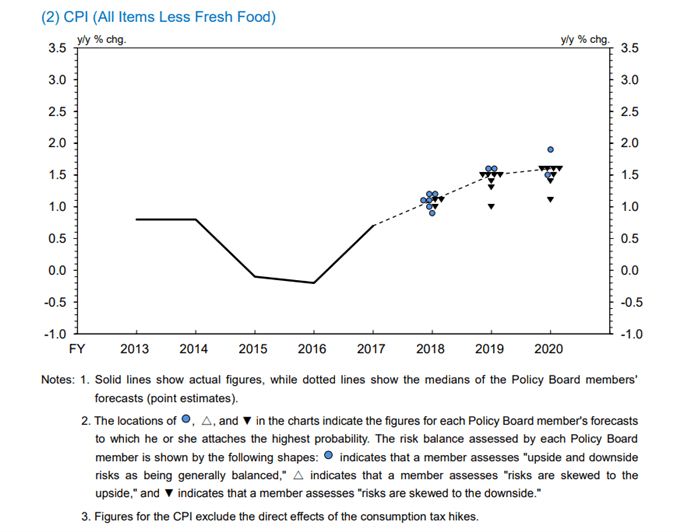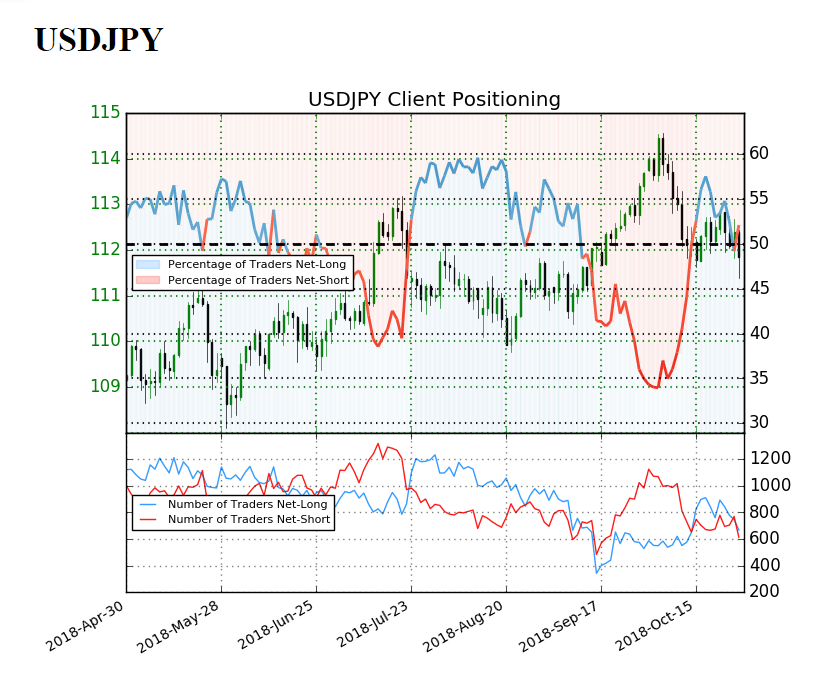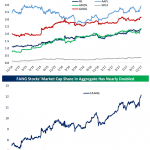USD/JPY pares the decline from the previous week, with global equity prices reflecting a similar dynamic, and the exchange rate may stage a larger rebound going into the Bank of Japan (BoJ) interest rate decision on October 31 as it snaps the recent series of lower highs.

DOVISH BANK OF JAPAN (BOJ) FORWARD-GUIDANCE TO KEEP USD/JPY BID

It looks as though swings in risk appetite will continue to sway USD/JPY ahead of the BoJ meeting in light of the mixed reaction to the U.S. Gross Domestic Product (GDP) report, and the exchange rate may exhibit a more bullish behavior over the remainder of the month as Governor Haruhiko Kuroda & Co. stick to the Quantitative/Qualitative Easing (QQE) Program with Yield-Curve Control.

The BoJ appears to be in no rush to abandon its easing-cycle as the board struggles to achieve the 2% target for inflation, and the central bank may continue to fine-tune its asset-purchase program in 2019 as a growing number of officials endorse a dovish forward-guidance for monetary policy. Keep in mind, BoJ board member Goushi Kataokadissented at the last meeting as ‘the year-on-year rate of change in the CPI increasing toward 2 percent going forward was low at this point,’ and pushed the ‘Bank to make a commitment to taking additional easing measures if it revised downward its assessment of medium- to long-term inflation expectations.’
In turn, the diverging paths may keep USD/JPY afloat as the Federal Reserve appears to be on track to implement another rate-hike in December, but the dollar-yen exchange rate stands at risk of facing range-bound conditions going into the end of the month as retail interest abates.

The IG Client Sentiment Report shows 52.1% of traders are net-long USD/JPY, with the ratio of traders long to short at 1.09 to 1. Nevertheless, the number of traders net-long is 14.8% lower than yesterday and 18.3% lower from last week, while the number of traders net-short is 16.1% lower than yesterday and 10.9% lower from last week.








Leave A Comment